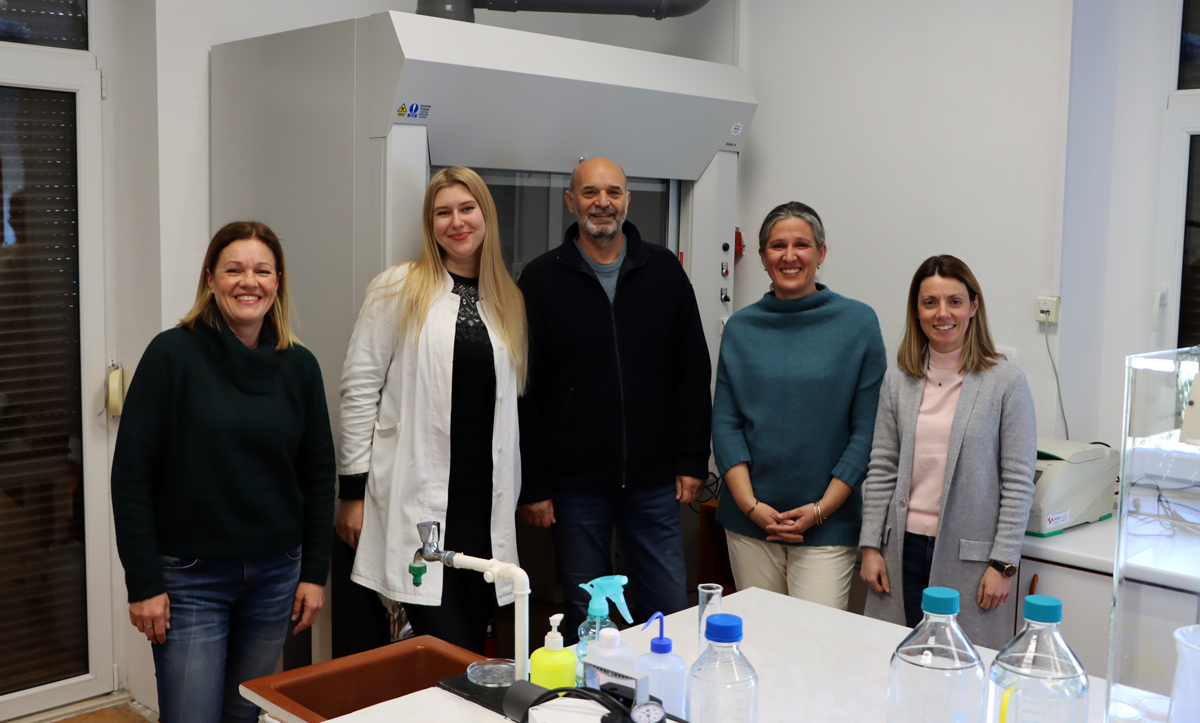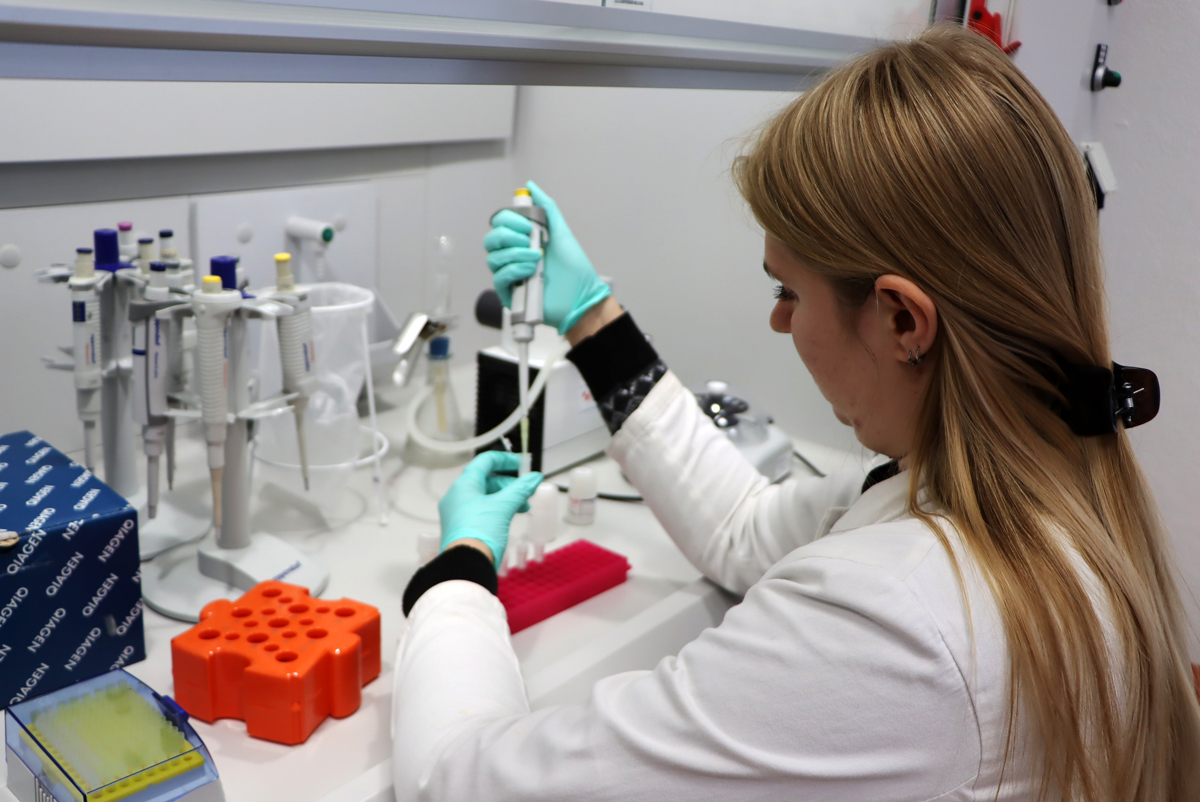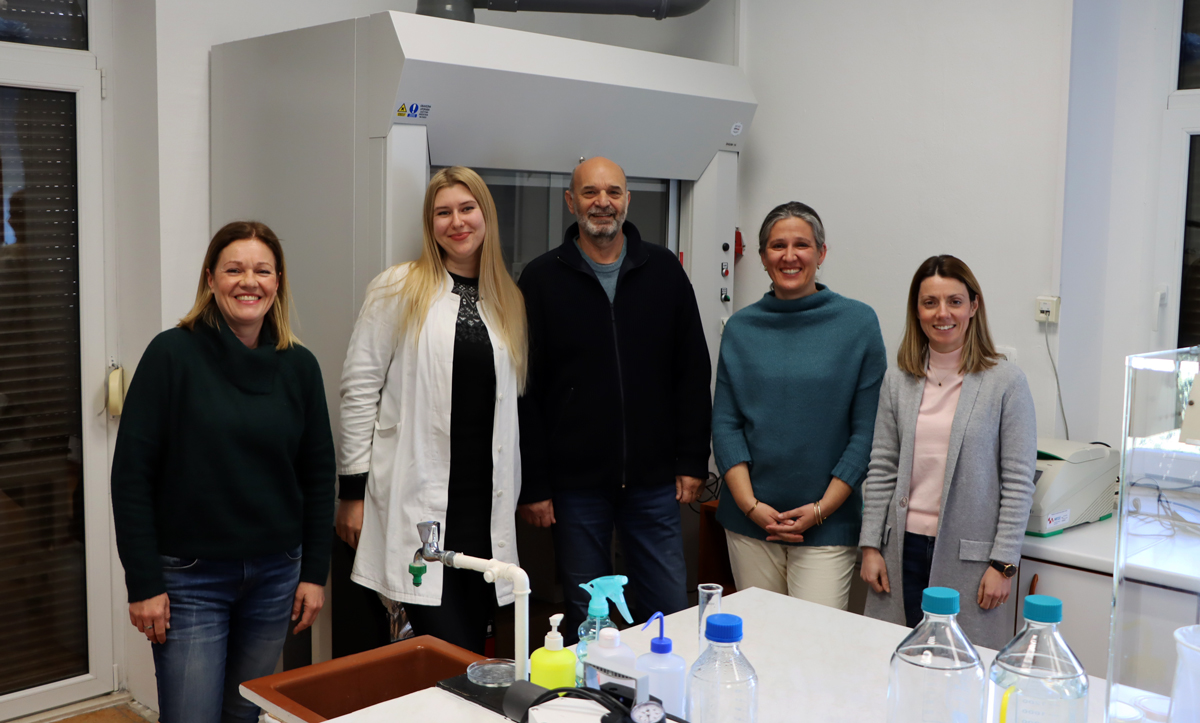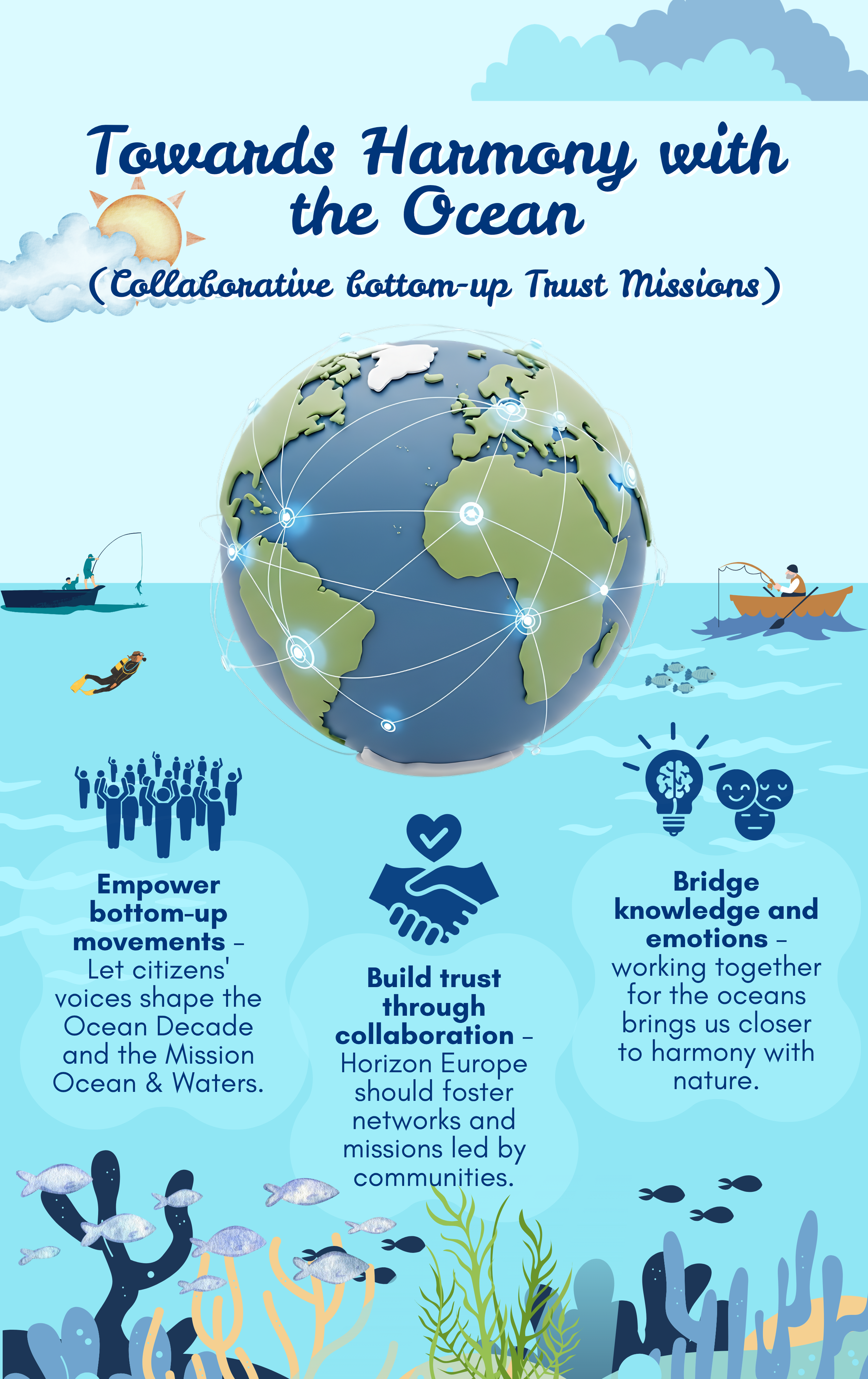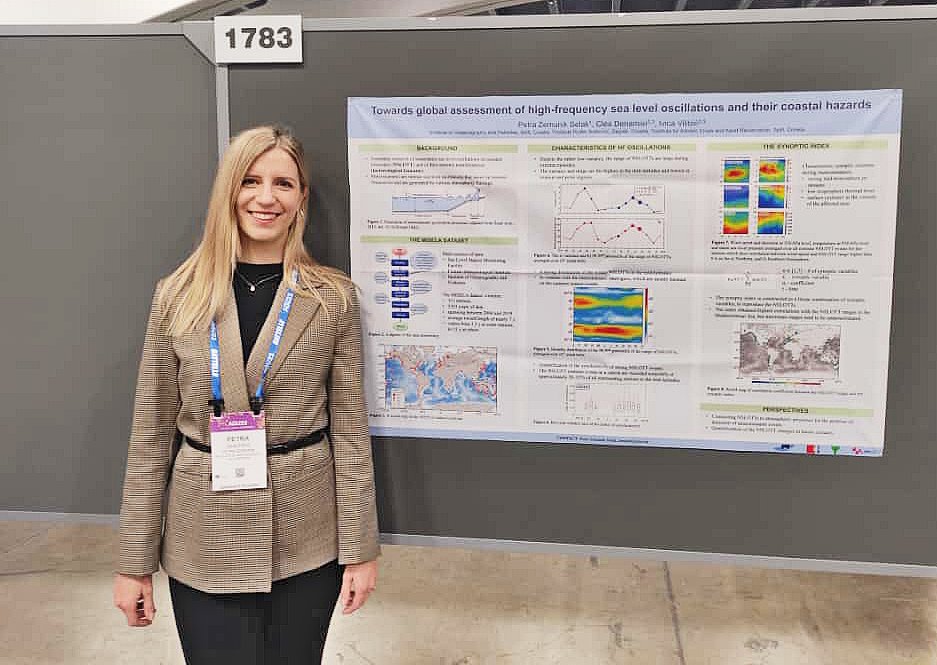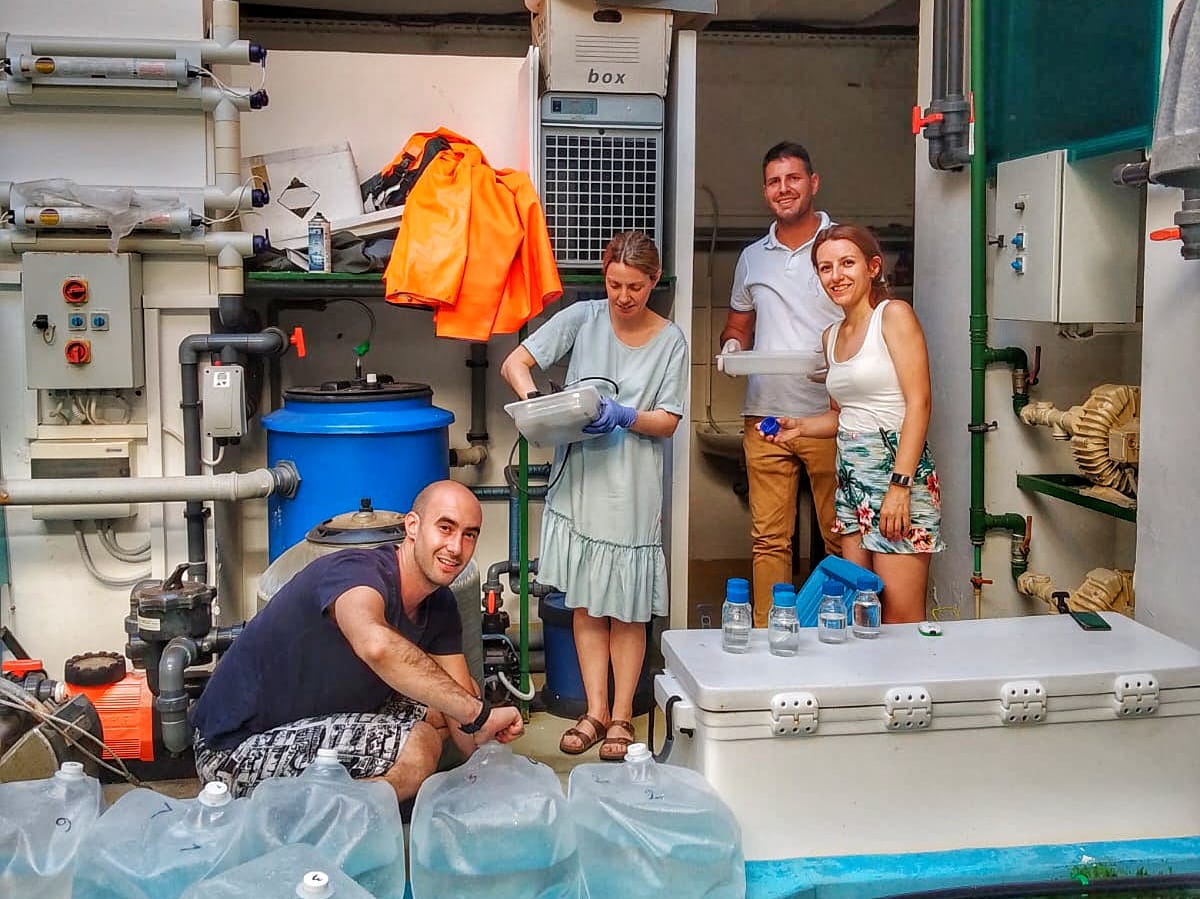Scientists at the Institute of Oceanography and Fisheries in Split have discovered the existence of different types of microbial food webs that evolve depending on the conditions prevailing in the marine environment at a given time. The application of new technologies has provided a better insight into the hidden interactions that take place between the smallest living organisms of the Adriatic Sea and is another important step towards understanding its secrets.
In general, two types of planktonic food webs can be distinguished in marine ecosystems. One type of planktonic food web is familiar to everyone. It is a classic food web that is relatively simple and consists of large phytoplankton feeding large zooplankton, which in turn feed larger organisms such as fish. Another type of planktonic food web is the microbial food web, a much more complex system that includes a large number of groups of small microorganisms such as bacteria, cyanobacteria, small phytoplankton, and their equally small predators such as flagellates and ciliates. The microbial food web is better represented in nutrient-poor marine environments (oligotrophic environments). Because most of the Adriatic Sea is nutrient-poor, the microbial food web is found in almost all types of environments.
However, scientists from the Microbiology Laboratory of the Institute of Oceanography and Fisheries in Split, in collaboration with colleagues from other laboratories, discovered that there are several different variants (types) of microbial food webs in the Adriatic Sea that occur in a very regular and repeatable manner in different combinations of environmental conditions.
“What enabled us to make these findings is the use of new sophisticated computer methods called neural networks (a kind of artificial intelligence), with the help of which we analyzed more than 3,000 data sets,” explains Prof. Mladen Šolić, Ph.D., head of the microbiology laboratory at the Institute of Oceanography and Fisheries and long-time professor at the Department of Marine Studies at the College of Split.
“At a given moment, a certain type of microbial food web exists in a given water area, but in the very next moment, environmental conditions can change, and this change is accompanied by the transformation of one variant of the microbial food web into another. Dr. Šolić added.
“The results show that type 1 of the microbial food web exists most of the time in the open waters of the Adriatic Sea. Type 2 and type 3 are slightly less present, while type 4 was not detected in the open sea. In the coastal waters of the Adriatic Sea, all 4 types were present, but type 2 and type 3 dominated, type 1 was present somewhat less frequently, while type 4 was very rare. The situation was different in the estuarine areas, where type 4 dominated, type 3 and type 2 were present somewhat less frequently, while type 1 was not recorded in these habitats,” explained Dr. Šolić, who with his team published these results in the prestigious journal Frontiers “. in marine science.”
Each of these 4 types of microbial food webs has its own specific structural characteristics that are reflected in their role in marine ecosystems. Type 1 is characteristic of warmer season and conditions of poverty with nitrogen and phosphorus salts. This type is dominated by small autotrophic organisms (especially cyanobacteria) that account for a large proportion of primary production and are predominantly controlled by their predators (flagellates and ciliates). Type 4 is in many ways the opposite, namely Type 4 is characteristic of estuarine areas with lower salinity and for the colder part of the year. It is dominated by large phytoplankton as well as the heterotrophic component of the food web (heterotrophic bacteria and their predators), which is controlled primarily by the amount of food available rather than by predators. Type 2 and Type 3 are not seasonally determined and do not exhibit a dominant type of control (they are equally controlled by food and predators). They differ substantially in the proportion and importance of small groups of autotrophic phytoplankton, which are larger in Type 3, and in the limiting nutrients. Type 2 develops under conditions of nitrogen and phosphorus deficiency (similar to Type 1), while Type 3 is characteristic of an environment limited by phosphorus but relatively rich in nitrogen. “The results of these studies provide a better understanding of the functioning of marine ecosystems, as well as the changes that can be expected in marine ecosystems as a result of global warming,” emphasized Dr. sc. Živana Ninčević Gladan, Director of the Institute of Oceanography and Fisheries, who is also one of the co-authors of this invention.
Scientists predict that global warming will lead to changes in the frequency and duration of certain food webs, which will affect the frequency and duration of certain food webs, which will affect the production of organic substances from carbon dioxide in the atmosphere, as well as the circulation of carbon, nitrogen and phosphorus in the marine ecosystem.

